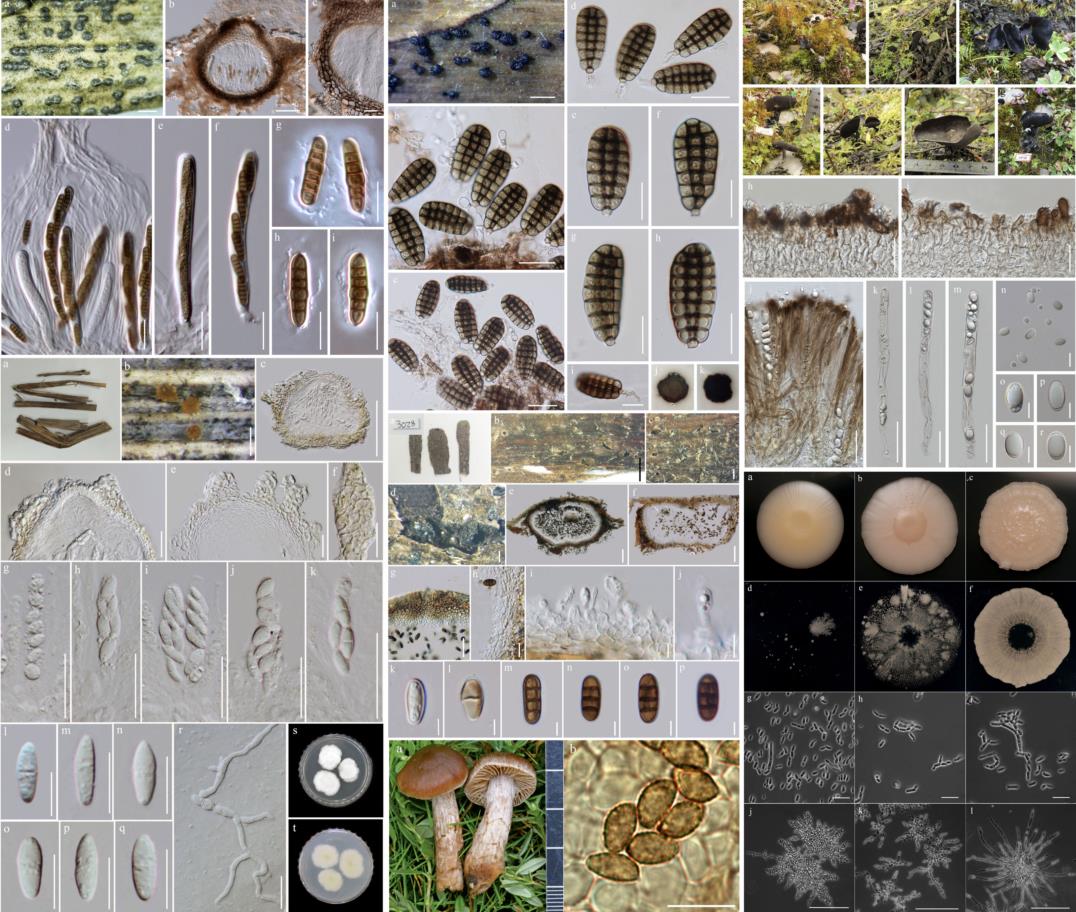Fungi play critical roles in all ecosystems, functioning as decomposers, epiphytes, endophytes, symbionts of plants, and animal and plant pathogens. Despite their importance, they are severely understudied organisms.
That is about to change. A landmark new study resulting from a collaboration between the Kunming Institute of Botany and Yunnan Agricultural University aims to fill these gaps in knowledge by coupling fungal morphology with modern-day molecular data technologies.
Historically, mycologists have been limited to fungal identification based on morphological characteristics. This method has been applied with substantial variance among researchers and led to systemic confusion in taxonomical records. New sequence data are thus challenging older conceptions of fungal taxonomy and helping researchers clarify species on plants, animals, humans and other fungi.
Published as a special issue in Fungal Diversity, the world’s highest-impact-factor journal for fungal taxonomy, the study “Fungal diversity notes 1151-1276: taxonomic and phylogenetic contributions on genera and species of fungal taxa” recognizes the work of Erio Camporesi, an Italian fungal collector who has worked with the authors.
“Fungi can be found everywhere, with 3 million or more taxa still awaiting discovery,” comments lead author Dr Kevin Hyde, Professor Emeritus at the Kunming Institute of Botany. “This article, number 11 of the series, describes 126 taxa with high-quality figures found throughout the Kingdom.”
Out of these 126 taxa distributed across two phyla (Ascomycota and Basidiomycota), six classes, 24 orders and 55 families are described and illustrated. Moreover, 96 novel taxa are introduced in this study, including two new families (Eriomycetaceae and Fasciatisporaceae), 12 new genera and 82 new species.
The authors hope that with the proliferation of accurate genomic information, more taxa will emerge and continue to be clarified, leading to better-resolved species and potentially more impactful recommendations for quarantine and plant breeding.
This research ultimately contributes valuable information regarding the ecology and biochemistry of the secondary metabolites of saprobes and several fungal pathogens while also putting forward new knowledge on biodegradation, offering a strong foundation for further fungal taxonomy studies.

Contact:
YANG Mei
General Office
Kunming Institute of Botany, CAS
email: yangmei@mail.kib.ac.cn
(Editor: Yang Mei)




